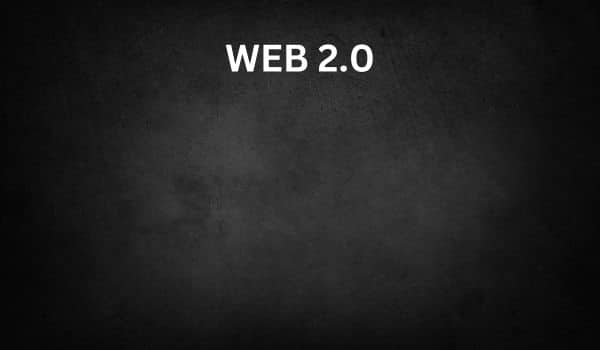The dynamics of successful Web 2.0 architecture
Does your current website measure up to today’s demanding Web 2.0 architecture? In order to effectively answer this question, let us begin by defining exactly what Web 2.0 refers to.
The original Web 2.0 technologies concept was coined by O’Reilly Media a well known company specializing in publishing books on current technologies, web development and other topics related to the computer industry. Generally speaking, it refers to a website that uses web application technologies to provide user friendly exchanges between the website and the user such as the user’s ability to express opinions, comment on content and share ideas.
Since its original inception, the term Web 2.0 has expanded considerably to include a number of different elements.
In order for a business to compete in today’s competitive online market, its website needs to have a Web 2.0 framework which includes some or all of the following:
- An interactive and dynamic user – friendly interface.
- It should be created uses the latest web 2.0 technologies such as CSS, HTML 5.0, AJAX and/or twitter bootstrap.
- It should deliver web based applications to users quickly and seamlessly on a wide variety of screen resolutions and mobile devices using responsive behaviour and/or parallax or touch design. Since the beginning of 2014, WordPress has included responsive behaviour in all of its software updates.
- It should allow users to easily interact with applications through any web browser.
- It should include a variety of social networking and sharing capabilities.
- It should allow users some control over the content they are viewing. This can include something as simple as being able to click in or out of pop up boxes.
- It should posses the ability to display content in a variety of different ways in a number of formats.
- It should have an overall design that is clean and includes interactive elements, high definition graphics, colourful fonts with tons of different content.
If your website fails to meet or exceed these Web 2.0 standards, all of the efforts that you are making with your marketing and branding will fail because consumers expect businesses to stay competitive and be up to date.
Think about it this way, if your consumers visit ten competitor websites that are all updated and use modern user friendly technologies while yours is outdated and difficult to navigate, who do you think they will most likely purchase their products and services from? Does your current website measure up to today’s demanding Web 2.0 architecture? If not, it should.
Brand loyalty is a two way street and if consumers feel your brand is not considering their needs, they may simply find one that does.
When you truly think about it, without these technologies websites might still be in the “dark” ages.




